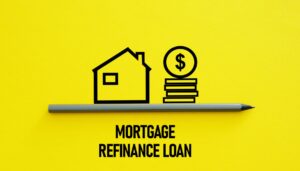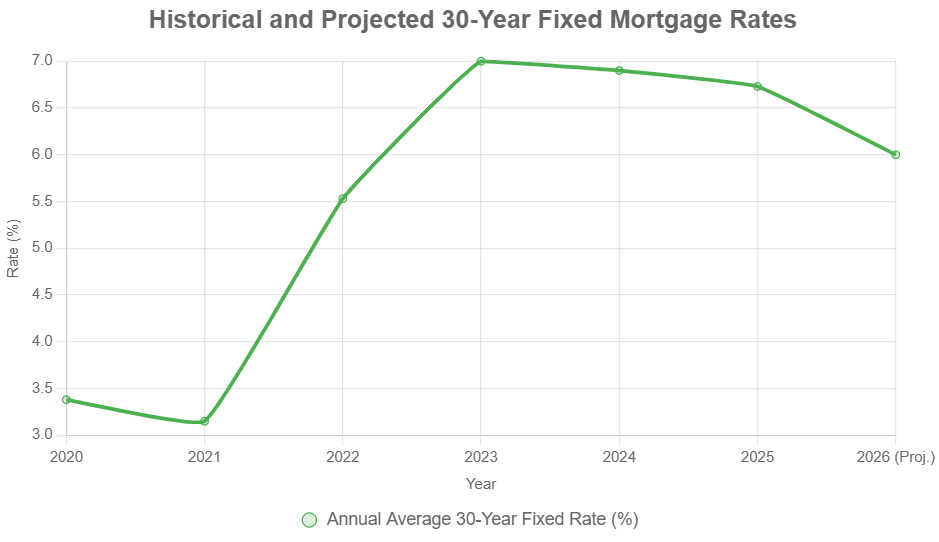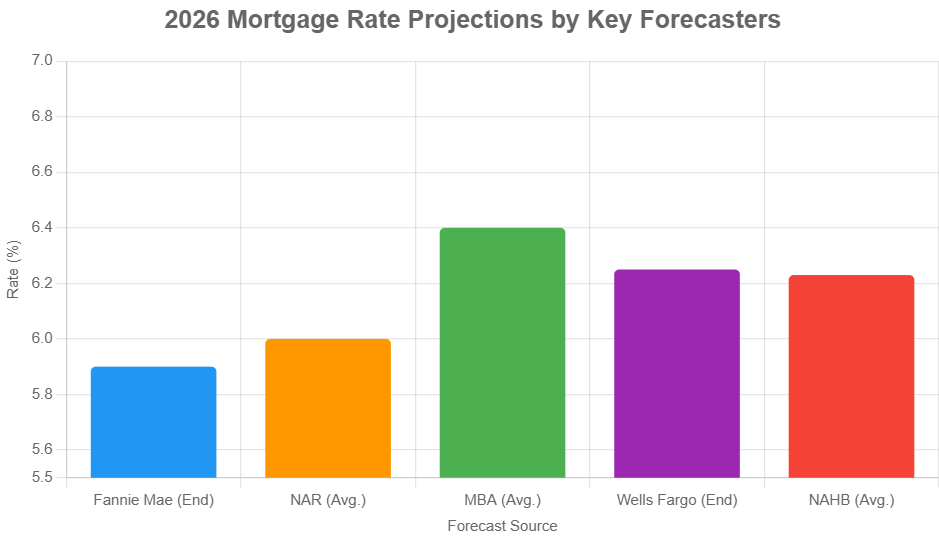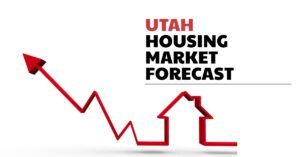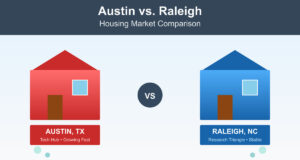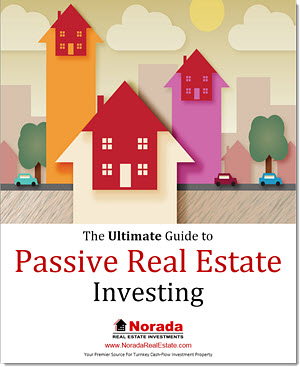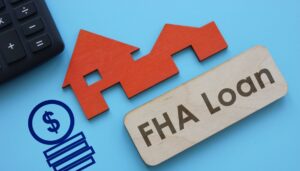Today's mortgage rates for November 20, 2025, are holding pretty steady, offering a bit of breathing room for potential homebuyers and those looking to refinance. As of this moment, the average rate for a 30-year fixed mortgage has nudged up just a hair to 6.18%, while the 15-year fixed rate has dipped slightly to 5.58%, according to the latest insights from Zillow.
Now, this might not sound like huge news, but understanding the subtle shifts and what's truly driving them can make all the difference in your homebuying journey. We're seeing a bit of a tug-of-war. On one side, the 10-year Treasury yield, a key indicator that often leads the way for mortgage rates, has seen a significant climb of over 0.75% in the past week.
Typically, when that Treasury yield goes up, so do mortgage rates. However, mortgage rates haven't quite kept pace. This suggests that lenders are being cautious. They're not immediately passing on those higher borrowing costs fully, likely due to broader economic uncertainties and a desire to gauge where things are headed. It’s a clear sign that while big economic indicators are important, the actual rates you see are also influenced by lender strategy and market sentiment.
Today's Mortgage Rates, November 20: 15-Year FRM Drops Slightly, Settles at 5.58%
What the Numbers Tell Us: Today's Average Mortgage Rates
Let's get down to the nitty-gritty. Here's a snapshot of the average mortgage rates you might be seeing right now, based on Zillow's data:
| Loan Type | Average Rate (Purchase) | Average Rate (Refinance) |
|---|---|---|
| 30-year fixed | 6.18% | 6.30% |
| 20-year fixed | 6.04% | 6.43% |
| 15-year fixed | 5.58% | 5.73% |
| 5/1 ARM | 6.32% | 6.48% |
| 7/1 ARM | 6.30% | 6.61% |
| 30-year VA | 5.65% | 5.74% |
| 15-year VA | 5.20% | 5.49% |
| 5/1 VA | 5.17% | 5.25% |
It's crucial to remember that these are national averages, and the rates you'll actually be offered can vary based on your credit score, the loan amount, your down payment, and the specific lender you choose. Think of these as a solid starting point for your comparisons.
Refinancing: Is Now the Right Time?
For those of you who already own a home and are thinking about refinancing, the picture is similarly stable, with rates hovering near purchase prices. The table above shows those slightly higher refinance rates. This is pretty standard, as lenders often price in a bit more risk for refinances. However, if you secured a mortgage when rates were considerably higher, there's still a good chance that refinancing could lead to significant savings.
My take on this is that while rates aren't at rock-bottom levels, they are in a zone where refinancing can still make a lot of sense for many homeowners. It’s not always about shaving off fractional percentages; it can be about consolidating debt, switching from an adjustable-rate mortgage to a fixed one for more predictable payments, or shortening your loan term. Always run the numbers with your specific situation in mind.
Fixed vs. Adjustable-Rate Mortgages: A Quick Refresher
When you're looking at mortgage options, one of the first big decisions is between a fixed-rate mortgage and an adjustable-rate mortgage (ARM).
- Fixed-Rate Mortgage: With a fixed-rate loan, your interest rate will never change for the entire life of the loan. This means your monthly principal and interest payment stays the same, making it easy to budget. The 30-year fixed is the most popular because it offers lower monthly payments, though you'll pay more interest over the life of the loan. The 15-year fixed has a higher monthly payment but saves you a lot of money on interest and you'll own your home free and clear in half the time.
- Adjustable-Rate Mortgage (ARM): An ARM starts with a lower interest rate than a fixed-rate mortgage for a set period (the “introductory period”). After that, the rate can adjust periodically (usually annually) based on market conditions. For example, a 5/1 ARM has a fixed rate for the first five years, then adjusts once per year after that. ARMs can be attractive if you plan to sell or refinance before the introductory period ends, or if you anticipate interest rates falling. However, they come with the risk that your payments could increase significantly if rates rise.
Looking at today's mortgage rates, November 20, you see that the ARMs (5/1 and 7/1) are currently priced slightly higher than the 15-year and even the 30-year fixed rates. This is a bit unusual and reinforces the lenders' current caution. Typically, ARMs are offered at a lower initial rate. This current pricing might make fixed-rate loans more appealing for many borrowers right now, especially if they're planning to stay in their homes for a while.
Related Topics:
Mortgage Rates Trends as of November 19, 2025
Mortgage Rate Predictions for the Next 30 Days: Nov 10 to Dec 10, 2025
Mortgage Rates Predictions for the Next 12 Months: Nov 2025 to Nov 2026
Mortgage Rates Predictions for Next 90 Days: October to December 2025
Decoding the Recent Trends: Why the Steadiness?
So, why aren't rates jumping higher when that 10-year Treasury yield is climbing? It's a nuanced situation. Zillow's data points out that just last week, the interest rate for a 30-year fixed mortgage with conforming loan balances did tick up to 6.37% from 6.34%, reaching its highest point in four weeks. This slight uptick did lead to a decrease in loan applications, down by 5%.
We've seen some positive movement recently, with the Federal Reserve making rate cuts that have helped bring rates down from the approximate 7% range we saw not too long ago. This is a welcome relief for many. However, for rates to continue their downward trend, we'll likely need to see inflation keep cooling and more supportive economic data.
Industry veterans, myself included, are advising caution regarding expectations of a return to the ultra-low rates (think sub-3%) we experienced in 2020 and 2021. Those were extraordinary times, and the economic conditions that allowed for them are not currently present.
However, as I see it, rates are still near some of the lowest points we've seen in a while for today's mortgage rates. This suggests it could be a strategic time for prospective buyers to make a move or for homeowners to explore refinancing. The key advice always remains the same: shop around and compare offers from multiple lenders. Even a small difference in interest rate can translate into thousands of dollars saved over the life of your loan.
The Crystal Ball: What's Next for Mortgage Rates?
Predicting mortgage rates is never an exact science, but we can look at the contributing factors. The general expectation is that mortgage rates will likely stay within a relatively tight range for the next few months.
A couple of things are making the market a bit murky. The ongoing government shutdown and delays in economic reports mean that financial markets are operating with incomplete information. This uncertainty contributes to the sideways movement we're observing in rates.
If upcoming data shows the labor market continuing to cool down, we might see rates drift a bit lower. On the flip side, if there's any renewed economic turbulence or unexpected data releases, we could see more volatility.
Forecasting for the end of next year and beyond varies. Some experts believe rates will stay in the mid-6% range, while others are optimistic about a potential decrease. Personally, I lean towards a period of stabilization, with gradual shifts rather than dramatic swings, unless a major economic event causes a significant disruption. The market is still digesting the impact of past rate hikes and looking for clear signals on inflation and economic growth.
My two cents? Don't wait for perfect conditions. If you're ready to buy, understand the current rates, lock in what works for you, and focus on finding the home you love. If you're looking to refinance, do your homework, get quotes, and see if the savings add up for your financial goals. Current mortgage rates offer a stable, if not thrilling, opportunity to make smart decisions about your housing finances.
Beat Inflation & Retire Early with Turnkey Rentals
Turnkey real estate offers powerful tax benefits, monthly cash flow, and long-term equity growth—ideal for early retirement planning.
Norada Real Estate helps you invest in inflation-resistant markets with strong rental demand and built-in tax advantages like depreciation and 1031 exchanges.
🔥 HOT NEW LISTINGS JUST ADDED! 🔥
Talk to a Norada investment counselor today (No Obligation):
(800) 611-3060
Also Read:
- Mortgage Rates Predictions Backed by 7 Leading Experts: 2025–2026
- Mortgage Rate Predictions for the Next 3 Years: 2026, 2027, 2028
- 30-Year Fixed Mortgage Rate Forecast for the Next 5 Years
- 15-Year Fixed Mortgage Rate Predictions for Next 5 Years: 2025-2029
- Will Mortgage Rates Ever Be 3% Again in the Future?
- Mortgage Rates Predictions for Next 2 Years
- Mortgage Rate Predictions for Next 5 Years
- Mortgage Rate Predictions: Why 2% and 3% Rates are Out of Reach
- How Lower Mortgage Rates Can Save You Thousands?
- How to Get a Low Mortgage Interest Rate?
- Will Mortgage Rates Ever Be 4% Again?

